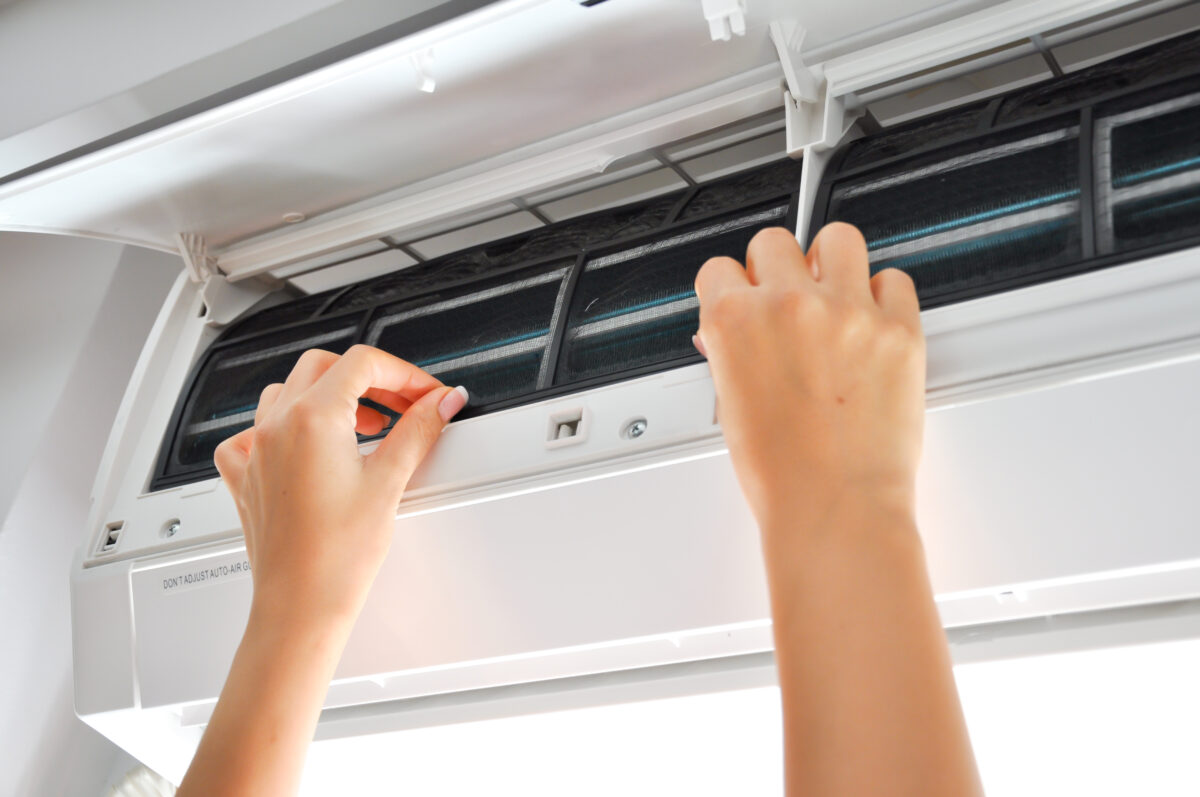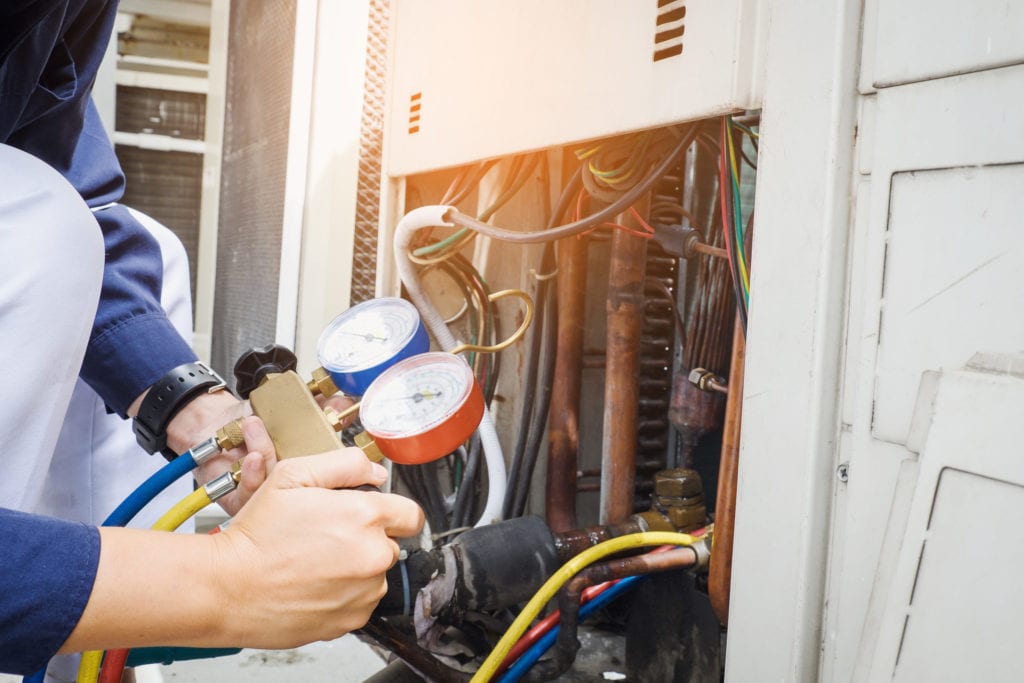Dealing with Asthma and Allergy Triggers in Your Home

We hope you like the products we recommend. Just so you are aware, Freshome may collect a share of sales from the links or submissions on this page.

Patryce Bak/Getty Images

Linda Raymond/Getty Images
6 ways to manage asthma and allergy triggers in your home
- Control dust mites: Use anti-dust mite covers and wash your sheets in hot water at least once a week.
- Stay smoke-free: Avoid non-ventilated, smoky rooms and second-hand smoke.
- Avoid pet dander: Keep pets off the furniture, out of the bedroom, and if necessary, consider taking the pet out of the home.
- Close doors and windows: Keeping windows and doors shut helps reduce the amount of outdoor pollens, allergens and irritants inside your home.
- Regularly change your air filters: Regularly changing out your home’s air filters helps reduce a number of problematic particles in your air.
- Install a whole-house air cleaner: A whole home air cleaning system can help remove airborne particles and allergens too small for your nose and mouth to filter naturally. They offer you an additional level of protection beyond air filters.
How do whole-home air cleaners work?
A whole-home air cleaner helps to filter and remove some of the smallest airborne particles and allergens. These can be ones that a regular air filter might miss. But how does it work?First, the pre-filter traps the large particles your home circulates through your heating or cooling system. Next, it charges and collects smaller particles. Multiple small electrical fields, rather than a single charged metal wire or plate, allow for more airborne contaminants to be collected than in traditional electronic air cleaner systems. Finally, it collects the smallest particles. With each layer of collection elements only .08 inches apart, an air cleaner can trap particles down to .1 micron in size.Additionally, you can reduce the allergens outside your home by planting allergy-friendly flowers in your garden.Make your home a healthier, happier place by adding a few air quality tips to your cleaning routine. To learn more about improving the air quality in your home, contact an air-quality expert today.


Why Isn’t My Air Conditioner Working?Keeping Cool: How to Choose the Right A/C UnitHVAC Basics: What’s a Good SEER Rating? Building Your Energy-Efficient Dream HomeClever Ways to Hide an Ugly HVAC Unit




